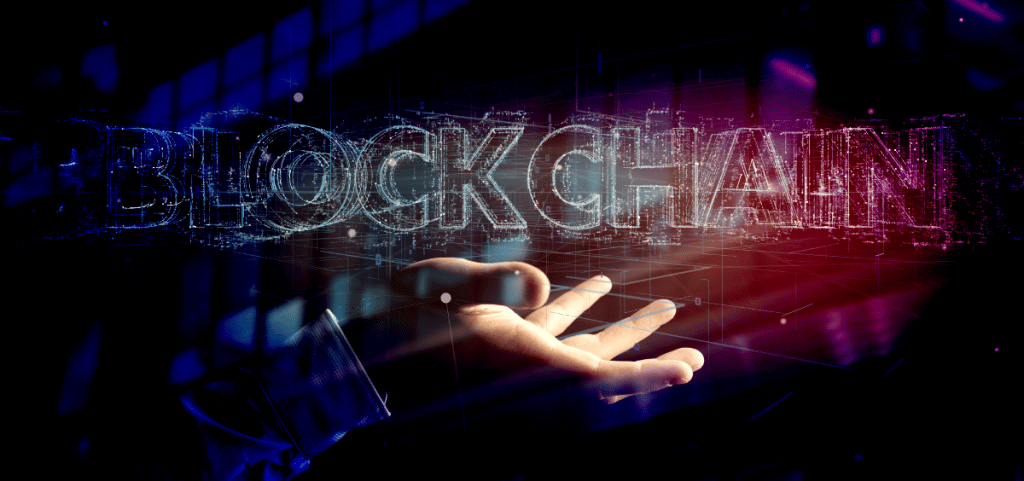In order to identify the customer's needs, it is necessary to know their opinion, as this helps to detect where you should improve, what acceptance you [...]
Read More »Blockchain technology is best known as the computer architecture on which Bitcoin and other cryptocurrencies are based, but you should also know that this technology is applied to other business models such as tracking transactions in a decentralized, secure and clear way.
Below we will explain in detail what blockchain is, how it works, its advantages and sectors where it is applied.
Developed by Satoshi Nakamoto starting in 2008, the technology blockchain is a technique for storing and transmitting information. This technology offers high standards of transparency and security because it operates without a central control body.
To be precise, the blockchain allows its users connected in a network to share data without intermediaries.
A blockchain or blockchain is a registry, a large database that has the particularity of being shared simultaneously with all its users, all are holders of this registry and, in addition, have the ability to enter data into it, according to specific rules set by a very well secured computer protocol thanks to cryptography.
In other words, blockchain is a technology that makes it possible to store and transmit digital data reliably and securely. It is a base shared in real time by all users in a network "peer-to-peer"and, above all, without central authority.
In practice, a blockchain is a database that contains the history of all exchanges made between its users since its creation and whose main characteristics are:

The use of blockchain has many benefits, but here are the 3 most important ones:
The blockchain structure represents a major innovation that is used in particular in the banking sectorThe blockchain technology has been developed to protect transactions made through cryptocurrencies / cryptoassets, whose objective is not to depend on a centralizing organization such as a central bank and to have an international character.
But its use is not limited to this sector; it is currently present in others and will continue to be implemented in more sectors in the coming years.
In order to identify the customer's needs, it is necessary to know their opinion, as this helps to detect where you should improve, what acceptance you [...]
Read More »GAMCO is a pioneer in the creation of Artificial Intelligence and Machine Learning software solutions. GAMCO's solutions are designed to [....]
Read More »Machine learning is a branch of artificial intelligence (AI) that is based on making a system capable of learning from the information it receives.
Read More »Artificial Intelligence (AI) derives from a series of models or branches that can be used in different areas of people's lives, as well as in different areas of [...]
Read More »